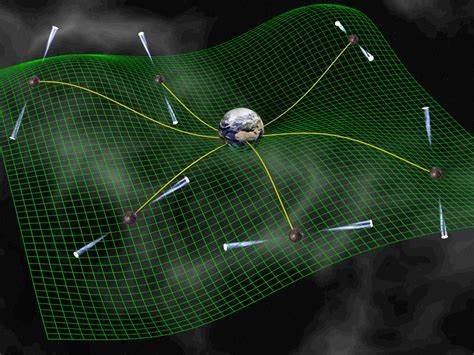Research Interests
Our contemporary wisdom in modern physics was condensed into
-
the quantum field theory (QFT) of the Standard Model that governs the rules in the microscopic world up to an energy scale of 100 TeV, and
-
Einstein’s General Theory of Relativity (GR) that defines the gravitation as a manifest of the curved spacetime.
Interestingly enough, QFT and GR are not compatible with each other from the deepest viewpoint! It means that, (i) QFT is wrong, or (ii) GR is wrong, or (iii) both QFT and GR are wrong.
In our research group, we are interested in using astronomical observations to probe new physics beyond what is currently known (manely, QFT and GR), and try to examine the boundary (if any!) of human’s capability in understanding our beloved Nature Mother. Celestial objects, under many circumstances, provide us extreme physical conditions that are unimaginable to terrestrial experiments (let alone the Large Hadron Collider at CERN, Switzerland). Therefore, they are vastly useful to probe the boundaries of our knowledge, and potentially to discover what is unknown.
Gravitational Waves
Gravitational waves, originating from compact binary coalescences, supernova explosions, the early Universe, and other possibly unknown exotic phenomena, provide a powerful playground to fundamental physics.

Pulsar Timing
Pulsar timing is unbelievably accurate in measuring tiny effects caused by the distorsion of spacetime, while it also probes deep into interior materials of neutron stars, that is listed among the seven Millennium Problems, worthing one million US dollars each.

(David J. Champion, MPIfR/Bonn)
